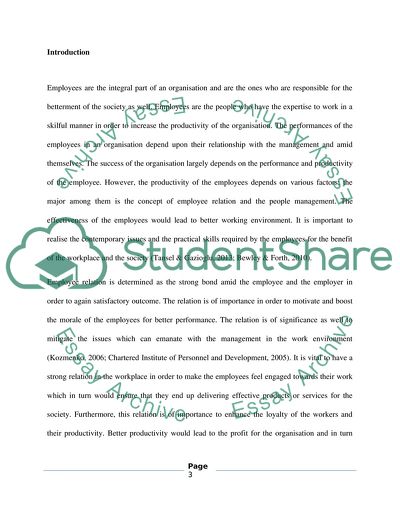Cite this document
(Employee Relations Essay Example | Topics and Well Written Essays - 2750 words - 2, n.d.)
Employee Relations Essay Example | Topics and Well Written Essays - 2750 words - 2. https://studentshare.org/human-resources/1821115-employee-relations
Employee Relations Essay Example | Topics and Well Written Essays - 2750 words - 2. https://studentshare.org/human-resources/1821115-employee-relations
(Employee Relations Essay Example | Topics and Well Written Essays - 2750 Words - 2)
Employee Relations Essay Example | Topics and Well Written Essays - 2750 Words - 2. https://studentshare.org/human-resources/1821115-employee-relations.
Employee Relations Essay Example | Topics and Well Written Essays - 2750 Words - 2. https://studentshare.org/human-resources/1821115-employee-relations.
“Employee Relations Essay Example | Topics and Well Written Essays - 2750 Words - 2”. https://studentshare.org/human-resources/1821115-employee-relations.


